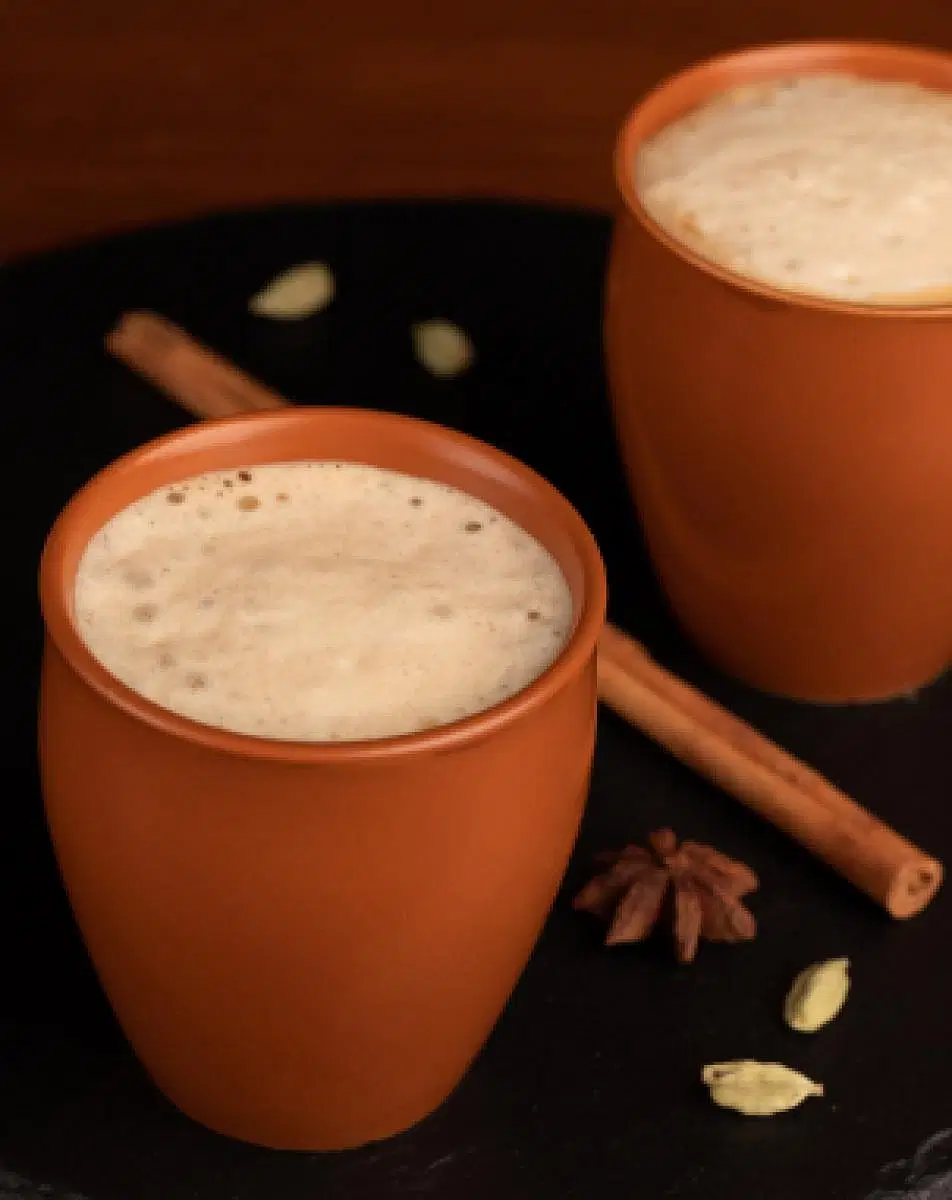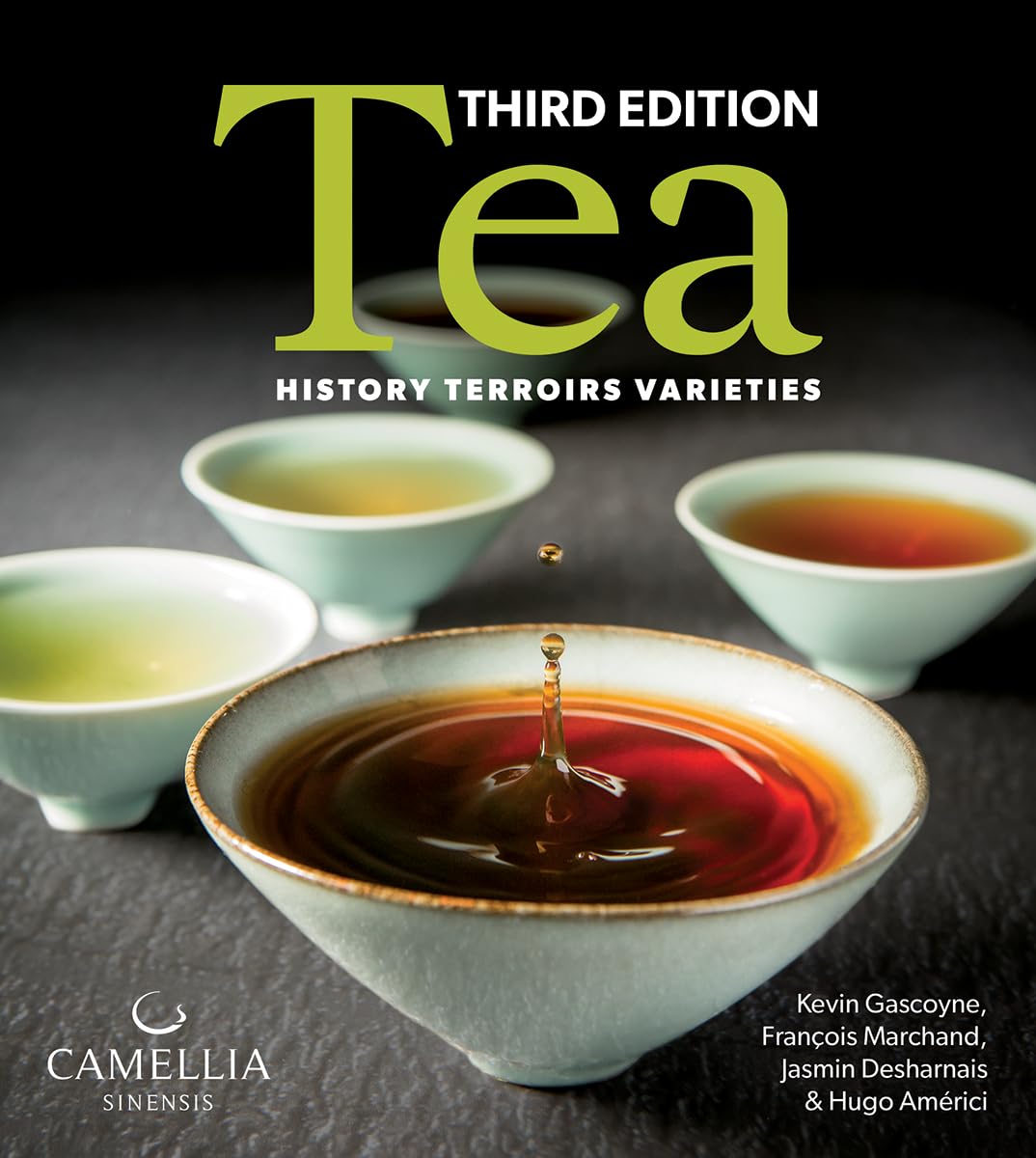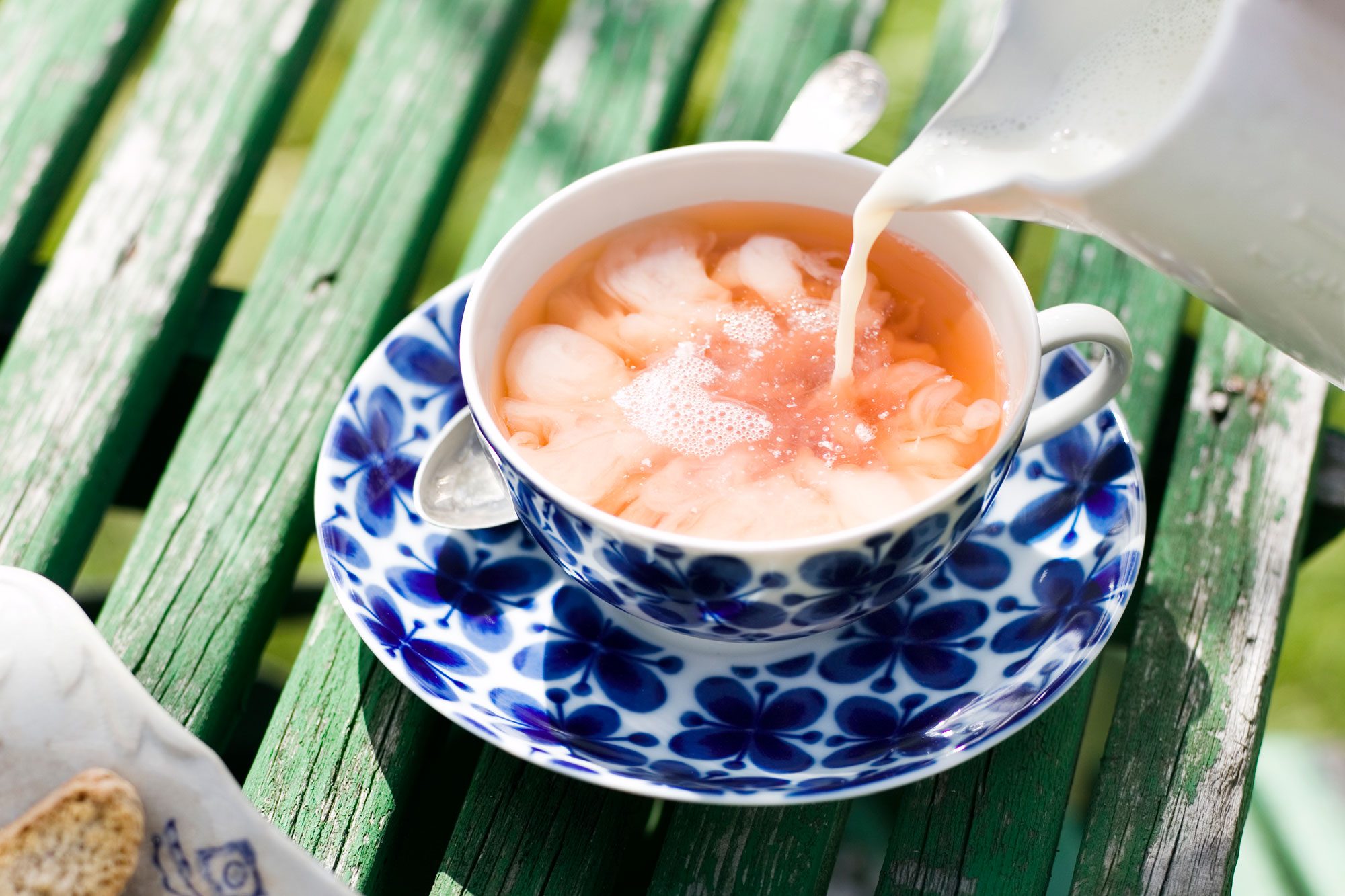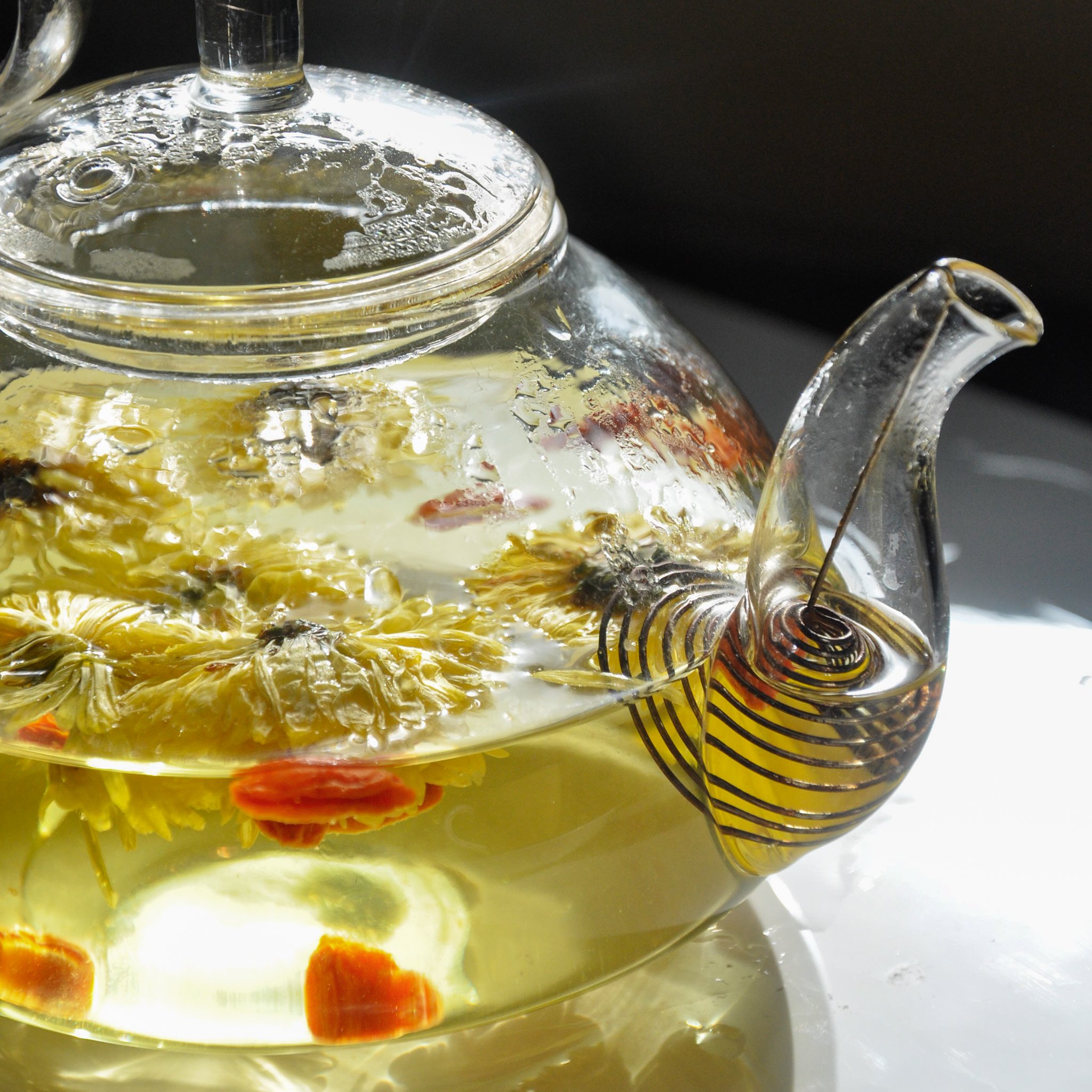The concerns surrounding food colouring or “colory” ingredients in tea often stem from misunderstandings about the tea-making process and modern adaptations to meet consumer preferences. Let’s explore the science and reasoning behind this phenomenon and debunk some myths.
When you brew tea, the color you see in your cup isn’t necessarily due to artificial additives or coloring agents. Instead, it’s the natural compounds in tea leaves interacting with hot water. This process, called infusion, extracts polyphenols like theaflavins (TF) and thearubigins (TR), which are responsible for the tea’s color and flavor profile. These compounds give black tea its characteristic reddish-brown hue and green tea its yellow-green tint. The speed and intensity of this process depend on the size of the tea particles.
The Role of Tea Particle Size
Traditionally, brewing loose-leaf tea involves whole leaves, which take longer to release their flavors and compounds. However, as consumer lifestyles shifted toward convenience, the tea industry adapted. The introduction of smaller tea particles, categorized as Dust and Fanning Grades (FNG), revolutionized the tea market. These finer particles increase the surface area exposed to water, allowing for faster infusion. As a result:
- Dust and Fanning Grades produce a strong cup of tea in less time.
- The brew is darker and richer, mimicking the long steeping process of whole-leaf teas.
Addressing Consumer Concerns
While many consumers appreciate the convenience, others mistakenly associate the rapid infusion with artificial coloring. However, in most cases, the vibrant color comes from the smaller tea particles’ efficient extraction of TF and TR. It’s a natural result of the tea’s composition, not an indication of added chemicals.
Transparency and Choice
To address consumer concerns, some brands emphasize transparency by labeling their teas with information about the grade (e.g., Dust or Fanning) and origin. Others cater to purists by offering whole-leaf teas for a more traditional brewing experience.
In conclusion, understanding the science and evolution of tea preparation helps dispel misconceptions about “colory” ingredients. Whether you prefer a quick, bold cup or a slow-brewed, nuanced experience, there’s a tea option for everyone. Ultimately, the choice lies in your preference—without compromising the rich tradition and science of tea brewing. 🍃






